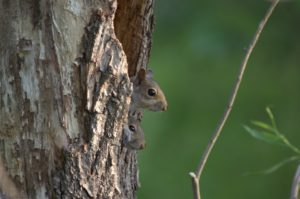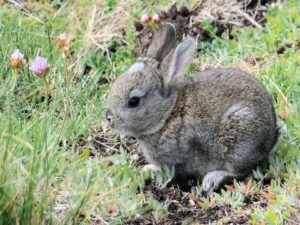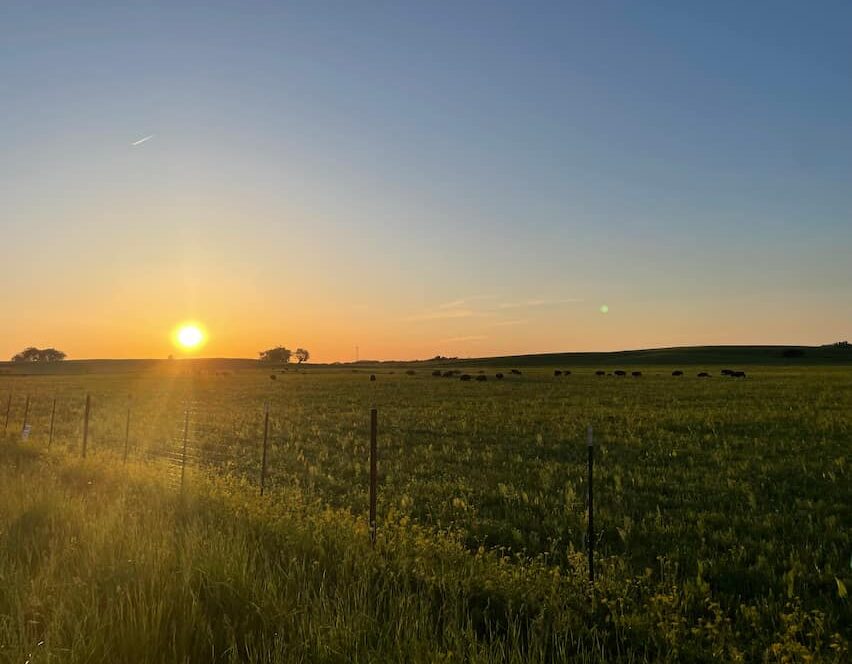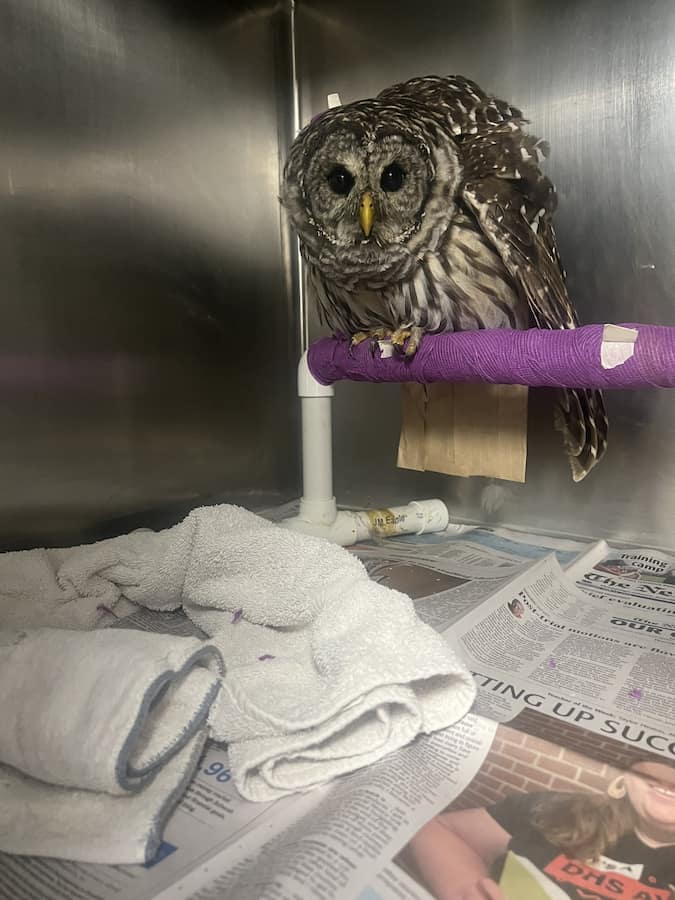The weather is starting to get warmer and the days are beginning to last longer – orphan season is about to start! We see the young of various species in our clinic each year; of those, each has its own unique breeding timeline and characteristics. So, what does the breeding season look like for our patients? Below, you’ll find information on some of the most common mammals that we see in the WMC during the spring season!

Eastern gray squirrel – Breeding typically occurs two times per year, with the first litter of pups born in late February/March and the second litter born near the end of the summer months. There can be between 1 and 8 pups in each litter.
Virginia opossum – Breeding occurs one to two times per year in January/February and again around May. The female opossum gives birth to ~7-8 young about 2 weeks after mating. This species is unique in North America as they are our only marsupials! The jill (female opossum) carries the joeys in her pouch until they are around 2-3 months old.
Eastern cottontail – Breeding occurs from late February through September. The doe (female) can have up to 7 litters per year, with litter sizes ranging anywhere between 1-12 kits.
Raccoon – Breeding occurs from January to March, with litters arriving between March and May. The sow (female) will typically have one litter per year, with around 3-4 kits in each litter.
If you find an orphaned animal that you believe is in need of help, please visit the ‘Wildlife Help and Resources’ tab on the UIUC Wildlife Medical Clinic’s website for more information on how to handle the situation. There is a drop-down menu with all of the above species included, which can be incredibly useful as the breeding season of these species is upon us. Happy Spring!

This article was written by Brianna Huff, WMC Undergraduate Volunteer.




